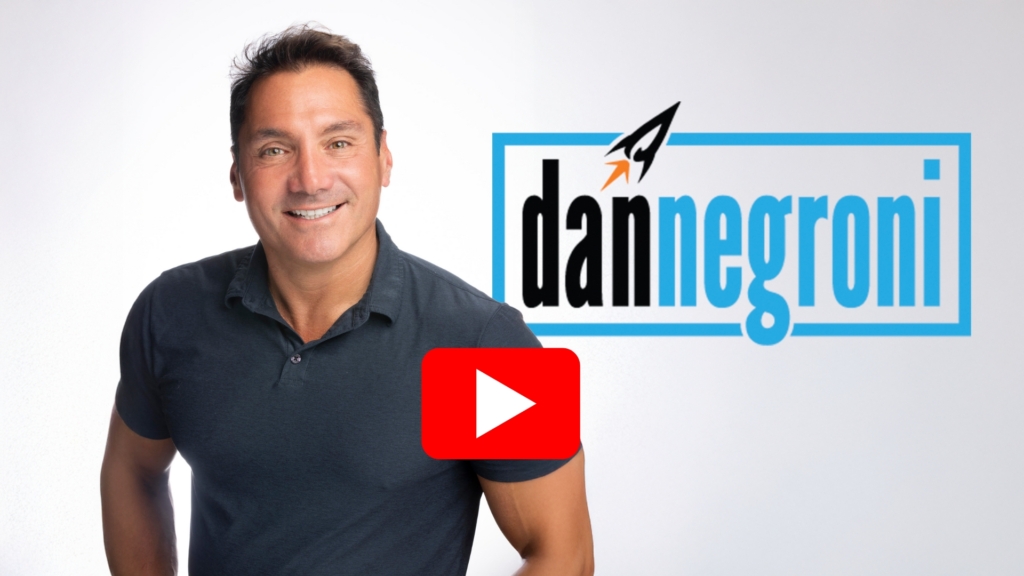This isn’t just a business update—this is a personal reinvention story.
Like so many of you, COVID rocked my world.
Speaking gigs vanished. Workshops paused. Connection felt like it got sucked into a Zoom void.
I had to face the question we all did: what now?
So I went back to the core—my purpose.
And the truth is: I didn’t have all the answers.
But I did have something powerful—a front-row seat to 30,000 conversations with Millennials and Gen Zs…
And three Millennial and Gen Z kids of my own and their friends who never let me get away with BS.
What I Learned from Coaching Gen Z, My Kids, and 10 Years of Listening
What I heard—again and again—from clients at Lexus, Booz Allen, Qualcomm, and from my own students and children, and their friends—is this:
“I want clarity.”
“I want to be coached, not managed.”
“Don’t treat me like a problem—show me how I can win.”
“I want to be seen. And I want to belong.”
This generation isn’t entitled.
They’re exhausted from being misunderstood.
They’re ready to grow—but they need leaders who meet them with precision, insight, and purpose.
The Classroom Changed Me Too
Over the past year, I’ve had the privilege of teaching Strategy and Management at the College of Business Administration (COBA) at Cal State San Marcos.
Let me tell you—my students flipped the script on what I thought “leadership” was.
They taught me that strategy is worthless without action. That feedback is the most underused superpower in business. That real growth comes from vulnerability, trust, and execution—not perfection.
Here’s what they said they needed most to thrive in the workplace:
- Confidence to speak up
- Strategic thinking that actually applies
- Feedback skills
- Influence without title
- Emotional intelligence
- Coaching skills
- A growth mindset
- Authenticity
(Yes, we taught all that—and they used it the next day in interviews, internships, and jobs.)
The System is Broken. It’s Time to Rebuild It.
COVID exposed the cracks.
Disconnection, burnout, lack of clarity—it’s still everywhere.
Culture isn’t perks. Coaching isn’t a buzzword. Leadership isn’t a title.
We need a new Performance Operating System for the future of work. One that blends coaching, AI, and human insight to unlock real results.
So I made a big move…
I Joined Marlee to Build the Workverse
As of this summer, I’ve officially joined Marlee as Head of Performance Solutions.
Marlee is not just another HR tool. It’s the Collaboration + Performance OS companies actually need—backed by 23 years of behavior data and used by 71% of the Fortune 500.
With Marlee, we:
- Diagnose what drives people
- Deliver real-time, AI-powered coaching
- Build cultures that actually scale
- Turn feedback into performance, fast
We’re making coaching scalable, culture measurable, and performance personal—without losing the human.
I Wrote a New Book. I Rebuilt My Keynotes. I’m All In.
You may know me from Chasing Relevance, my bestselling book on bridging the generational gap.
But now? The stakes are higher.
So I wrote a new one—Workverse: Gen Z’s Playbook to Thrive at Work. With AI. With Humans. With Purpose.
I rewired my entire speaking and consulting business to match this moment. I created three powerhouse keynotes to deliver the leadership, culture, and Gen Z strategies your organization needs right now:
- Cracking the Gen Z Code: Coaching the Next Gen to Win With AI
- The Leader’s AI Playbook: Coaching, Competing, and Winning in the Future of Work
- The AI-Ready Culture Code: How to Build a Future-Ready Team With AI & Gen Z
And I’m walking the talk inside companies, campuses, and with leaders who want to grow differently.
This Is an Invitation
If you’re feeling like work is broken—me too.
If you’ve had to reinvent yourself—me too.
If you’re leading a team and struggling to connect—let’s fix that.
This is not just my journey—it’s our journey.
And I want to walk it with you.
Tell me what your team needs and we’ll explore how AI + coaching can unlock your people, your culture, and your business.
Let’s build the Workverse—together.
